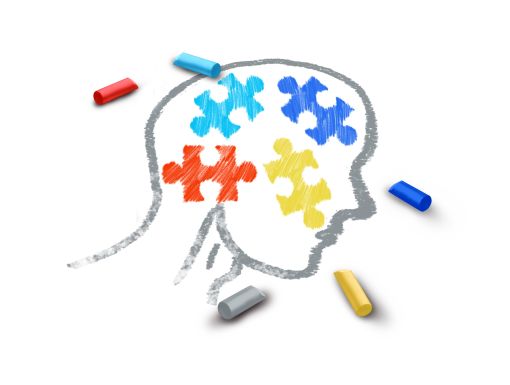
How Can a Berlin Heart Help Pediatric Heart Transplant Patients?
The Berlin Heart ventricular assist device is a mechanical cardiac support system for critically ill pediatric patients suffering from severe heart failure. Ventricular assist devices are placed when medicines alone are no longer able to support the heart. They are a tool that pediatric cardiologists and cardiac surgeons use to keep children's organs from failing before a heart transplant can occur or while patients recover. The Berlin Heart has been used extensively to extend the lives of seriously ill pediatric patients since it was first introduced in the United States in 2000.
There are a number of ventricular assist devices available for treatment of patients with advanced heart failure but those that are suitable for pediatric patients are limited. At Ochsner Children's, our physicians are at the forefront of the field in what devices they have utilized in pediatric heart failure patients and some of their accomplishments include first time device utilization among pediatric patients world-wide. However, in pediatrics, patient size is a serious consideration that limits device options, and the younger and smaller the patient, the more limited the options become.
The Berlin Heart continues to hold a unique place in the care of the youngest and smallest heart failure patients who require long-term mechanical support. The device comes in various sizes, and while it could be used to support adult-size patients, it is the only durable ventricular assist device currently available for infants and small children and can be used even for newborn babies. The design of the device does allow larger children who may have been previously confined to bed and breathing machines to move around and be involved in many regular activities.
The Berlin Heart is not considered a permanent solution for chronic end-stage heart failure. Pediatric ventricular assist devices like the Berlin Heart are considered either as a bridge to transplant or, occasionally, as a bridge to recovery.
How does a Berlin Heart work?
In plain terms, the system is a pneumatic pump run by a laptop computer. The driving unit drives air into and out of the Berlin Heart pump. As pumps pull air out, the membrane separating the two sides of the pump draws back, pulling blood into the pump from the heart. As air is pushed back into the pump, the membrane is pushed forward, pumping blood back into the body's main artery.
If a Berlin Heart supports the left side of the heart (LVAD), the blood pumped out goes into the aorta, or the main artery that circulates blood all around the body. A Berlin Heart supporting the right side of the heart (RVAD) pumps blood into the pulmonary artery, which sends blood to the lungs to collect oxygen.
The device takes over the heart's work of pumping blood to the body and the lungs. Since it more efficiently supplies blood to the body, the Berlin Heart allows organs to receive oxygenated blood and recover. With better body-organ function, critically ill children can become better heart transplant candidates and often recover much faster after transplant surgery.
How does the Berlin Heart procedure work?
Suppose your child is deemed a candidate for a Berlin Heart ventricular assist device. In that case, it means that their doctors have determined that their heart function is not capable of pumping enough blood to their body's essential organs. This decision is made after exploring less invasive medical care options. Your child will undergo a complete evaluation to ensure that they can receive the device, which is implanted during an operation.
Children who receive the Berlin Heart need to remain in the hospital while they are on the device. The medical teams will be careful to monitor for a few things, mainly risks such as bleeding, infection, mechanical problems with the machine and stroke. Unfortunately, there is no way to tell precisely how long a child will need the Berlin Heart ventricular assist device. The period can range anywhere from a few days to a few months or longer.
In 2011, the FDA approved the use of the device in the pediatric population. Since that time, the Berlin Heart has offered families a new ray of hope as they wait for a life-saving transplant. Ochsner Children's Hospital is a member of the Advanced Cardiac Therapies Improving Outcomes Network (ACTION) which works with centers around the world to improve outcomes in patients with devices such as the Berlin Heart. With the Berlin Heart, doctors and healthcare teams have another valuable resource at their disposal in addition to medical therapy as they work to save the lives of children with severe heart failure.
Learn more about pediatric cardiology at Ochsner Children's.



